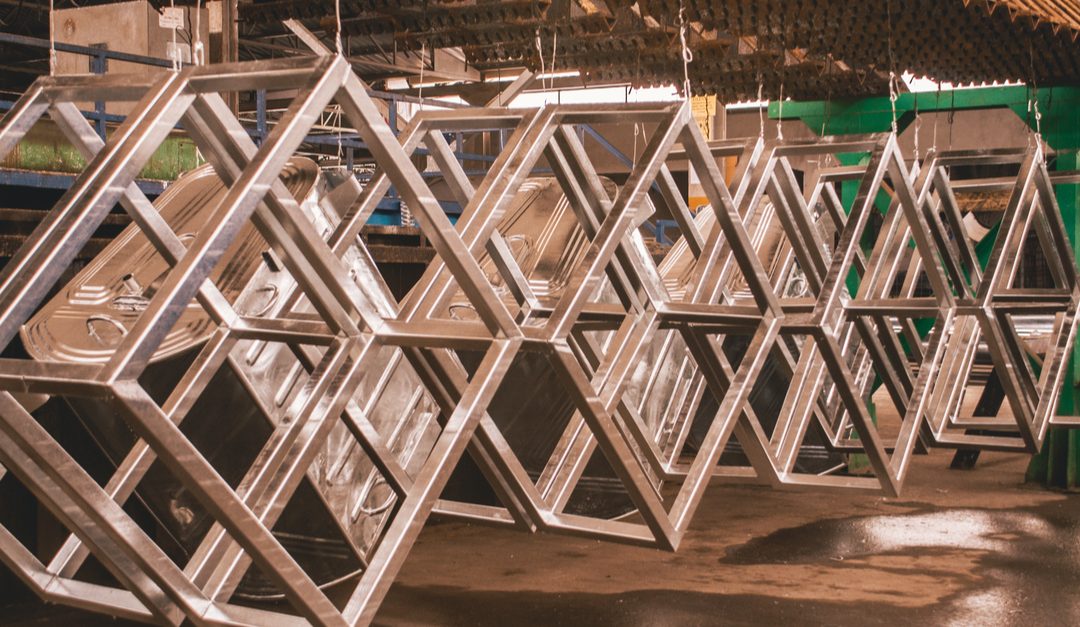Deburring is an important part of the metal finishing process. It’s the removal of small extraneous metal pieces curling or sticking out of a part. This is done to make the part look smooth and finished.
There are two main deburring processes: manual deburring and mechanical deburring. Manual deburring involves using a file or sandpaper by hand to remove any excess metal from the part. It’s usually done with softer metals like brass, where it’s easier to manually deburr by hand.
Mechanical deburring is often used for harder metals like steel, where manual deburring isn’t as effective or feasible. This involves using a deburring wheel to buff out any excess metal and make the part look smooth.
In addition to deburring, metal parts may also need to undergo additional finishing processes such as sandblasting and polishing. Sandblasting is a process that involves blasting the metal with an abrasive material like sand or glass beads to smoothen out any rough edges or imperfections on the surface of the part. This helps give a more uniform finish to the metal.
Other metal finishing processes further smooth out imperfections on a part’s surface, such as machining scaling, marks, or pitting.
Grinding, Sanding, Lapping, and Polishing
Despite the technology that is available today, manual processing of metal parts is still common in many manufacturing facilities. Even parts that are machined on the most sophisticated CNC equipment are finished through the utilization of hand, air, and ultrasonic-powered tools.
Abrasive Blasting
This is the process of directing an abrasive material in the form of solid particles through a nozzle and pushing it out with compressed air against the part’s surface. There are different materials that can be utilized in this process, all depending on the type of metal being finished and the desired effect.
Sand is commonly utilized since it’s inexpensive and able to texture and clean large metal surfaces. Other examples of abrasive blasting materials include dry ice, glass beads, crushed walnut shells, and baking soda.
Mass Finishing
This is a timed batch process that involves the utilization of abrasive materials and a vibrating or rotating process vessel to simultaneously deburr and finish many machined parts.

